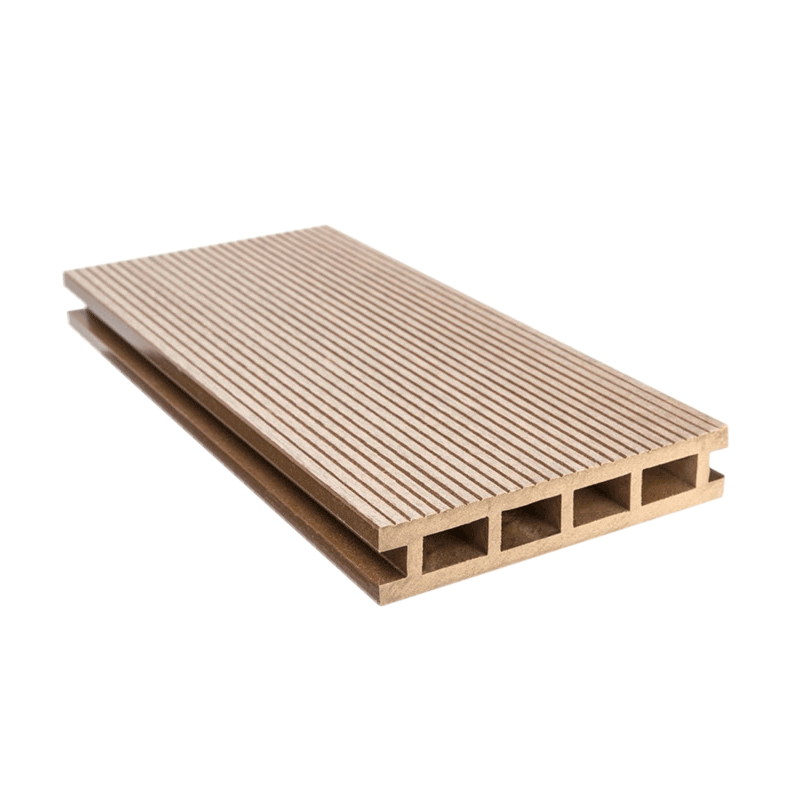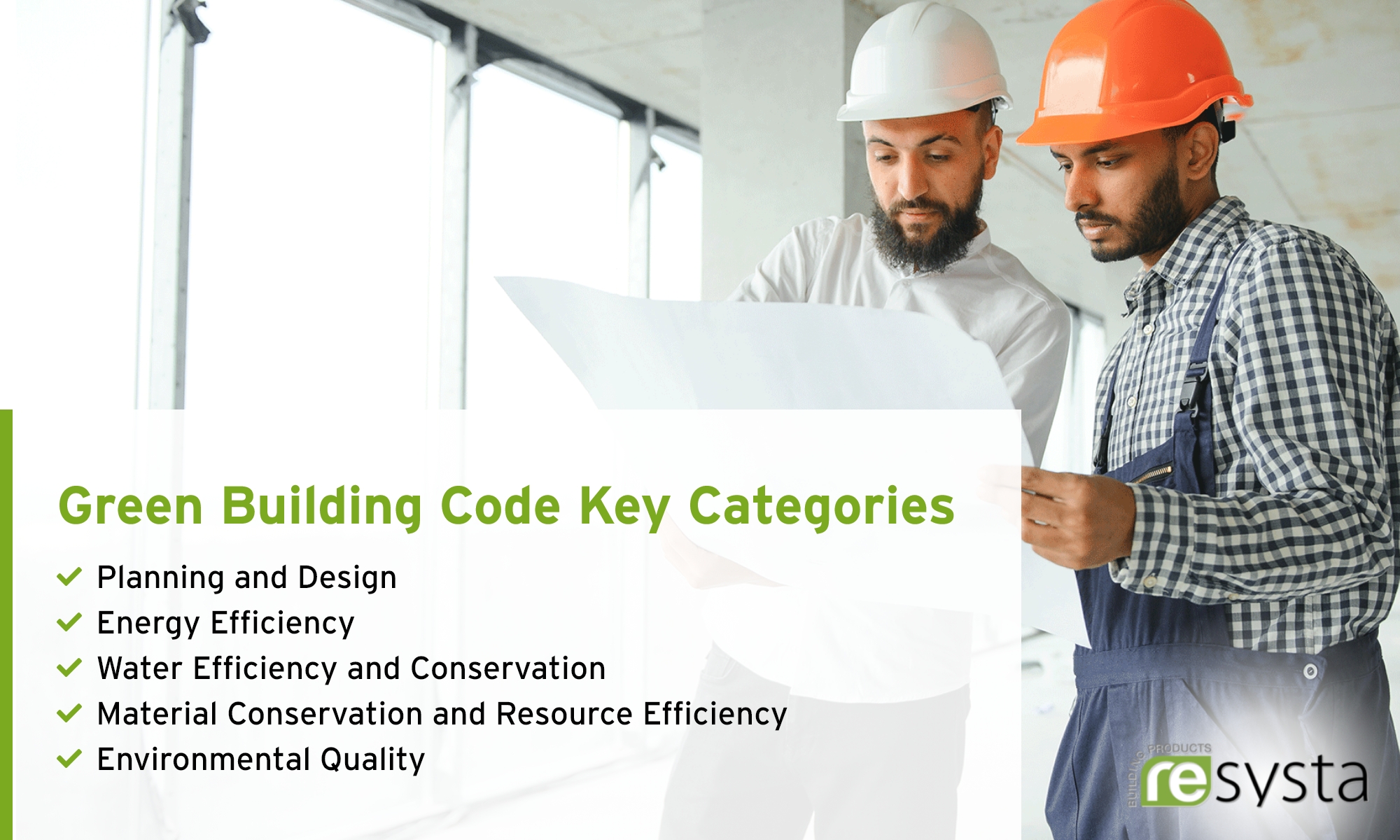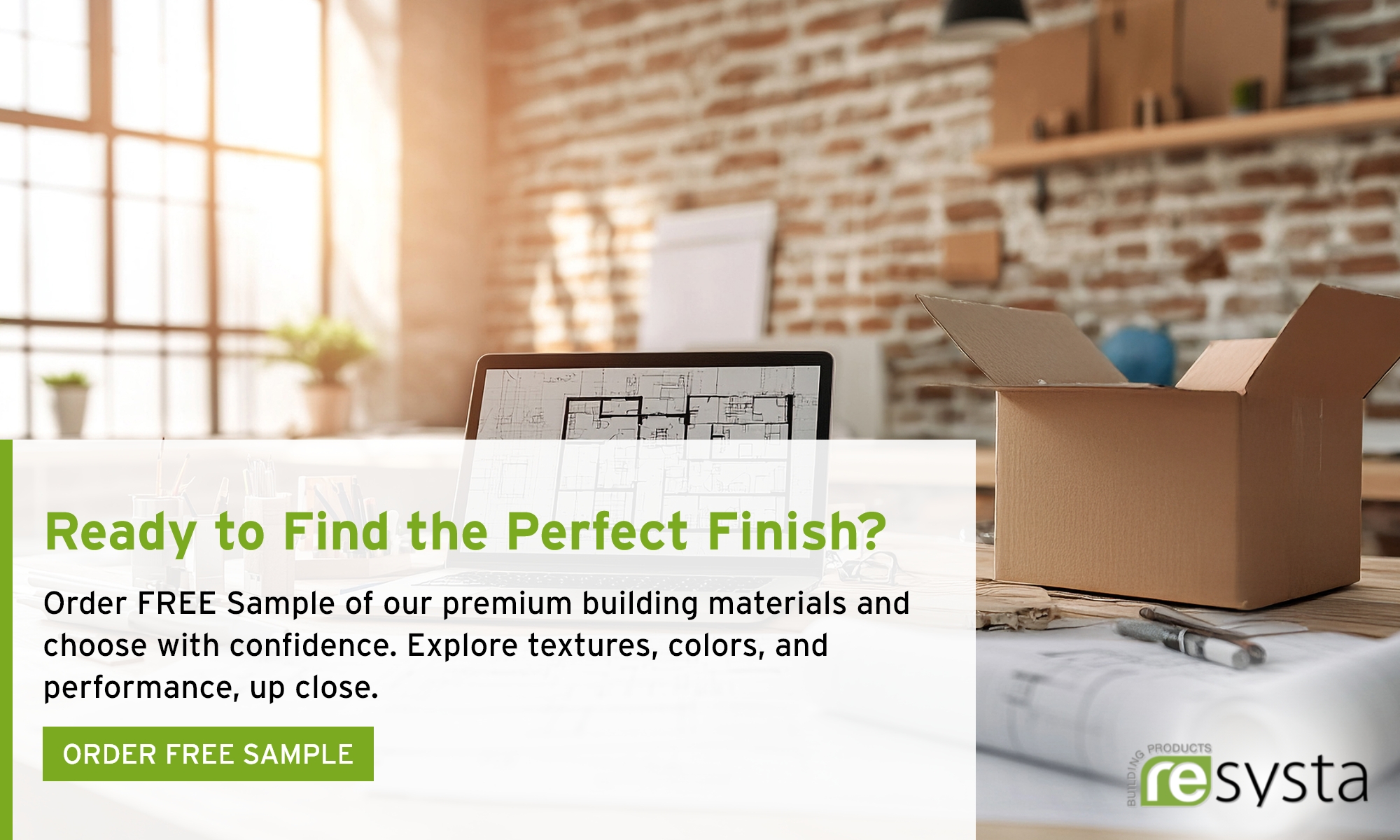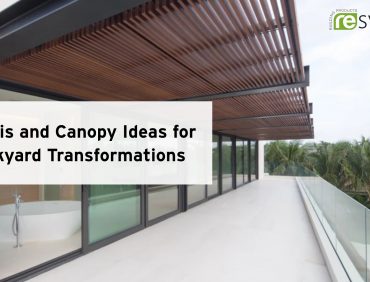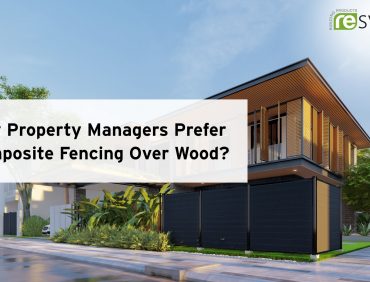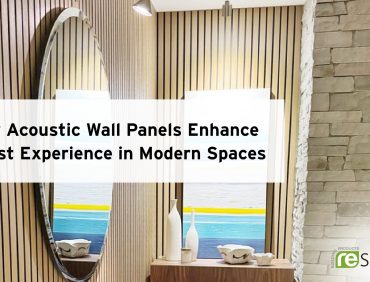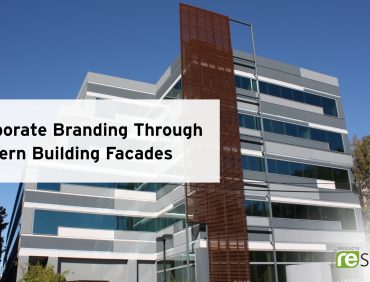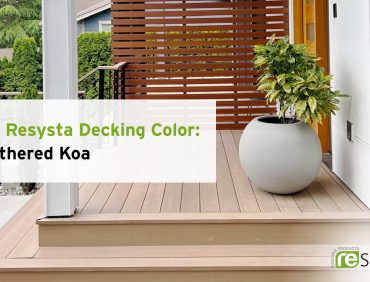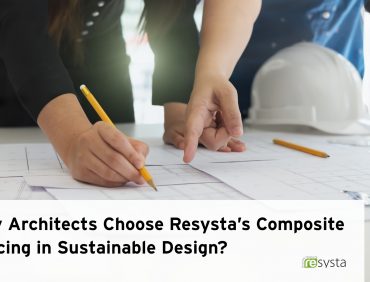This is a comprehensive guide to green building codes in the U.S., designed for architects and builders, covering code categories, LEED credits, compliant materials, and how composites like Resysta support sustainable construction and regulatory compliance.
Green Building Codes: What Architects and Builders Need to Know?
Why Green Building Codes Matter Today?
Across the United States, architects and builders are under unprecedented pressure to design and construct sustainable buildings. With mounting global awareness of climate change and resource scarcity, the demand for green construction isn’t just about social responsibility; regulatory mandates, long-term cost savings, and market demand are driving widespread adoption.
As green building codes evolve, architects must integrate environmental considerations from the earliest design stage, balancing performance with compliance and aesthetics. Builders face equally complex challenges, needing to turn high-performance designs into a durable reality on varying sites, climates, and budgets. Green building codes serve as a crucial bridge, ensuring consistency, safety, and sustainability while supporting broader goals like energy independence, healthier communities, and resilient infrastructure.
Beyond environmental concerns, green construction also offers real business benefits: lower operational costs, higher property values, and access to LEED certifications. Plus, many government and commercial clients now demand verified sustainability in their project specs.
For both architects and builders, mastering these evolving standards is essential to stay competitive and compliant in increasingly eco-conscious construction markets, regionally and nationally.
What Are Green Building Codes? (Definitions and Key Objectives)
Green building codes are sets of standards that govern environmentally responsible construction. Unlike traditional codes, which focus on life safety and structural integrity, green codes aim at minimizing the environmental impact of buildings. They provide guidelines for energy conservation, water usage, responsible material selection, and healthy indoor environments.
Key Objectives
The foundational objectives of green building codes usually target:
- Reducing energy and water consumption
- Minimizing material waste and carbon emissions
- Improving indoor air quality
- Supporting sustainable site development
It’s important to distinguish green codes from related standards:
- Voluntary standards (e.g., LEED): Performance-based and market-driven
- Green codes (e.g., IgCC, CALGreen): Enforceable by local authorities
- Energy codes (e.g., IECC): Focus on mechanical and envelope efficiency
Many green building codes are optional unless adopted by a city or state, where they become mandatory through local codebooks or ordinances.
National vs. Local: How Building Codes Vary Across the U.S.?
There is no single green code that governs the U.S. building sector. Instead, jurisdictions adopt and modify from shared models. The International Green Construction Code (IgCC) and ASHRAE 189.1 are foundational documents often tailored at the local level.
Examples of state-specific actions:
- California’s CALGreen mandates indoor air controls in all new buildings, EV readiness, and water conservation.
- Washington and Oregon have also adopted energy stretch codes that exceed national minimums.
These examples highlight a key challenge: architects and builders must align with regional climate zones, municipal mandates, and project-specific requirements.
Regional Considerations
Codes may also address climate and supply challenges. For example:
- Arid regions mandate water-saving technologies.
- Coastal zones have rules minimizing site disruption and stormwater runoff.
- Northern climates increase insulation thresholds and building envelope performance.
Architects must be vigilant in design documentation, and builders in execution, ensuring all plans and practices align with the most stringent applicable codes.
Key Categories of Green Building Code Requirements
Green building codes are structured around distinct sustainability goals, each targeting a specific aspect of how buildings are planned, constructed, and operated. The following categories represent the core focus areas based on the California Green Building Standards Code (CALGreen Code):
Planning and Design
This category emphasizes site selection, community connectivity, and land use strategies that minimize environmental disruption and encourage sustainable transportation.
✓ Compact development and smart growth practices
✓ Access to public transit, bike storage, and carpool parking
✓ Heat island reduction through cool roofs and shaded hardscapes
✓ Site preservation and erosion control measures
Energy Efficiency
Projects must meet or exceed California Energy Code requirements, targeting reductions in energy consumption through design, equipment, and renewable readiness.
✓ Efficient HVAC and lighting systems
✓ Solar-ready provisions for residential and commercial buildings
✓ Commissioning and system performance verification
✓ High-performance insulation and window ratings
Water Efficiency and Conservation
This category sets limits on indoor and outdoor potable water use through efficient fixtures, irrigation practices, and reuse strategies.
✓ Low-flow plumbing fixtures (toilets, urinals, faucets)
✓ Drought-tolerant landscaping and smart irrigation controls
✓ Graywater and recycled water infrastructure
✓ Mandatory water submetering in multifamily and commercial buildings
Material Conservation and Resource Efficiency
Material use must prioritize durability, waste reduction, and resource-conscious sourcing throughout the construction process.
✓ Minimum construction waste diversion (typically 65% or more)
✓ Use of recycled, reclaimed, or rapidly renewable materials
✓ Moisture-resistant framing and sheathing practices
✓ Pre-cut framing and modular construction to reduce site waste
Environmental Quality
To safeguard occupant health, CALGreen includes requirements for ventilation, emissions control, and indoor environmental comfort.
✓ Use of low- or no-VOC paints, adhesives, and coatings
✓ Enhanced indoor air filtration and duct protection during construction
✓ Access to natural daylight and views
✓ Sound insulation and acoustical performance standards for mixed-use and multifamily housing
Top Sustainable Exterior Materials for Residential Builds
Exterior surfaces must withstand weather while meeting modern sustainability expectations. Ideal materials combine long service life, minimal upkeep, and low environmental impact.
Key criteria:
✓ Low lifecycle emissions: Products with recycled content or low embodied carbon.
✓ Durability: Resistance to weather, UV, pests, rot, and decay, reducing the environmental cost of frequent replacement.
✓ Recyclability or renewability: Ability to be reused or recycled at end-of-life.
✓ Low toxicity: Non-toxic, low-emitting materials improve both outdoor and indoor air quality.
Popular exterior options include:
✓ Composite building materials – Find the role of composite materials in modern architecture
✓ Other wood alternatives
How Composite Products Help You Meet LEED Certification Goals?
Composites play a significant role in green certification frameworks like LEED v4 and beyond.
LEED Contributions:
- MR Credit: Building Product Disclosure – Transparency in materials and lifecycle impact
- EQ Credit: Low-Emitting Materials – Low-VOC finishes for healthier indoor environments
- EA Credit: Optimize Energy Performance – Products that improve envelope insulation and thermal bridging
Composites also reduce the need for replacement and heavy maintenance, cutting down both emissions and landfill waste over the life of the building. Their modular design often leads to faster installations and less site disruption, both valuable in LEED’s construction-phase credits.
Resysta: A Smart Choice for Sustainability
Resysta is a next-generation composite material made from recycled rice husks, salt, and mineral oil, engineered to meet the demands of modern green building codes. It offers architects and builders a sustainable alternative to wood without compromising performance, appearance, or compliance. Whether applied as decking, siding panels, or other architectural applications, Resysta products support long-term durability, reduced environmental impact, and healthier spaces.
Key Benefits:
- Water and rot-resistant, ideal for high-moisture or coastal regions
- Long-lasting performance, reducing maintenance and material waste
- Supports LEED credits for materials, air quality, and innovation
- Wood-free composition that helps conserve natural forests
- No added VOCs and safe for indoor/outdoor air quality standards
Resysta makes it easier for professionals to meet CALGreen and LEED standards while delivering beautiful, low-maintenance surfaces built to last.
Compliance: What Architects, Builders, and Developers Need to Prepare?
Meeting green building codes begins long before construction starts. Key steps include:
- Thorough planning: Architects should verify all local code requirements at the schematic stage.
- Comprehensive documentation: Submit detailed specs, selected materials data, and compliance calculations during permit review.
- Collaboration: Engage with engineers, code consultants, and third-party verifiers early.
- Inspections and verification: Builders must prepare for robust inspections, mock-ups, and potentially independent testing for credits like air tightness or acoustic performance.
- Change management: Address site issues or plan changes with written documentation reflecting continued compliance.
- Alignment meetings: Avoid costly delays by conducting pre-construction code alignment meetings with all stakeholders.
- Installer training: Critical for new, advanced materials to avoid installation mistakes that jeopardize performance or approvals.
Both architects and builders benefit from keeping compliance data organized, making it easier to respond to requests and demonstrate leadership in sustainability.
What Are the Benefits of Green Building Code Compliance?
Green code compliance isn’t just about meeting minimums, it creates long-term benefits:
✓ Higher resale value: Homes with green credentials sell faster and for more, according to a study by The University of Texas at Austin and the U.S. Green Building Council (USGBC).
✓ Better occupant health: Indoor air quality and natural lighting improve wellness and productivity.
✓ Market advantage: Builders who comply with green codes are more likely to win contracts and public projects where sustainability is a core requirement.
✓ Lower operating costs: Efficient insulation and HVAC reduce energy bills for owners and tenants.
Conclusion: Building Smarter Starts with the Right Materials
Green building codes are setting higher standards for sustainability and raising the expectations placed on architects and builders to deliver compliant, future-ready designs. From LEED credits to local code mandates, choosing the right materials and design strategies is essential.
Resysta Building Products USA helps you meet these demands with composite materials engineered for durability, beauty, and environmental performance. Our building solutions are designed to exceed code requirements and align with evolving sustainability standards. Request FREE sample today and experience the difference in quality and compliance: https://resystausa.com/sample-order/.
FAQs
What are green building codes and why are they important?
Green building codes are a set of regulations focused on minimizing the environmental and health impacts of buildings. They are crucial as they promote resource efficiency, lower operating costs, healthier spaces, and support global sustainability goals.
What are the benefits of green code compliance beyond inspection approval?
Compliance leads to lower operating costs, improved occupant comfort, higher resale value, and stronger marketability. Green-certified projects often gain a competitive edge in both private and public sector bidding.
What construction materials are best for meeting green building standards?
Composite products and other wood alternatives are among the most widely accepted for sustainability, durability, and code compliance. Look for materials certified for low emissions and documented lifecycles. Resysta is a prime example made from recycled rice husks and designed to resist moisture, UV damage, and decay.
How does Resysta help with green code and LEED compliance?
Resysta’s wood-free composite materials are LEED-certified for their recycled content, long-term durability, and low VOC emissions, supporting key credits in material conservation, environmental quality, and sustainable performance.
